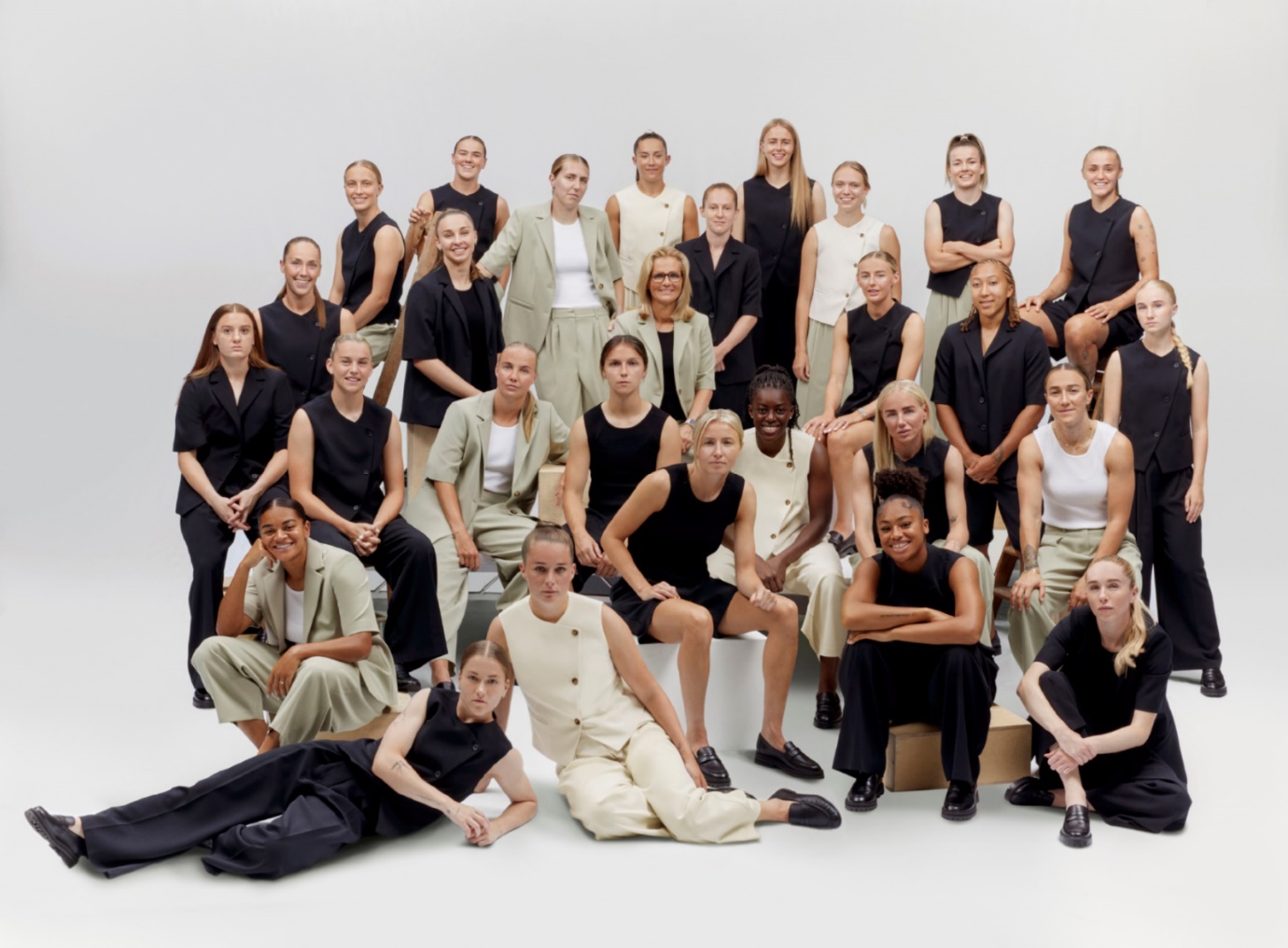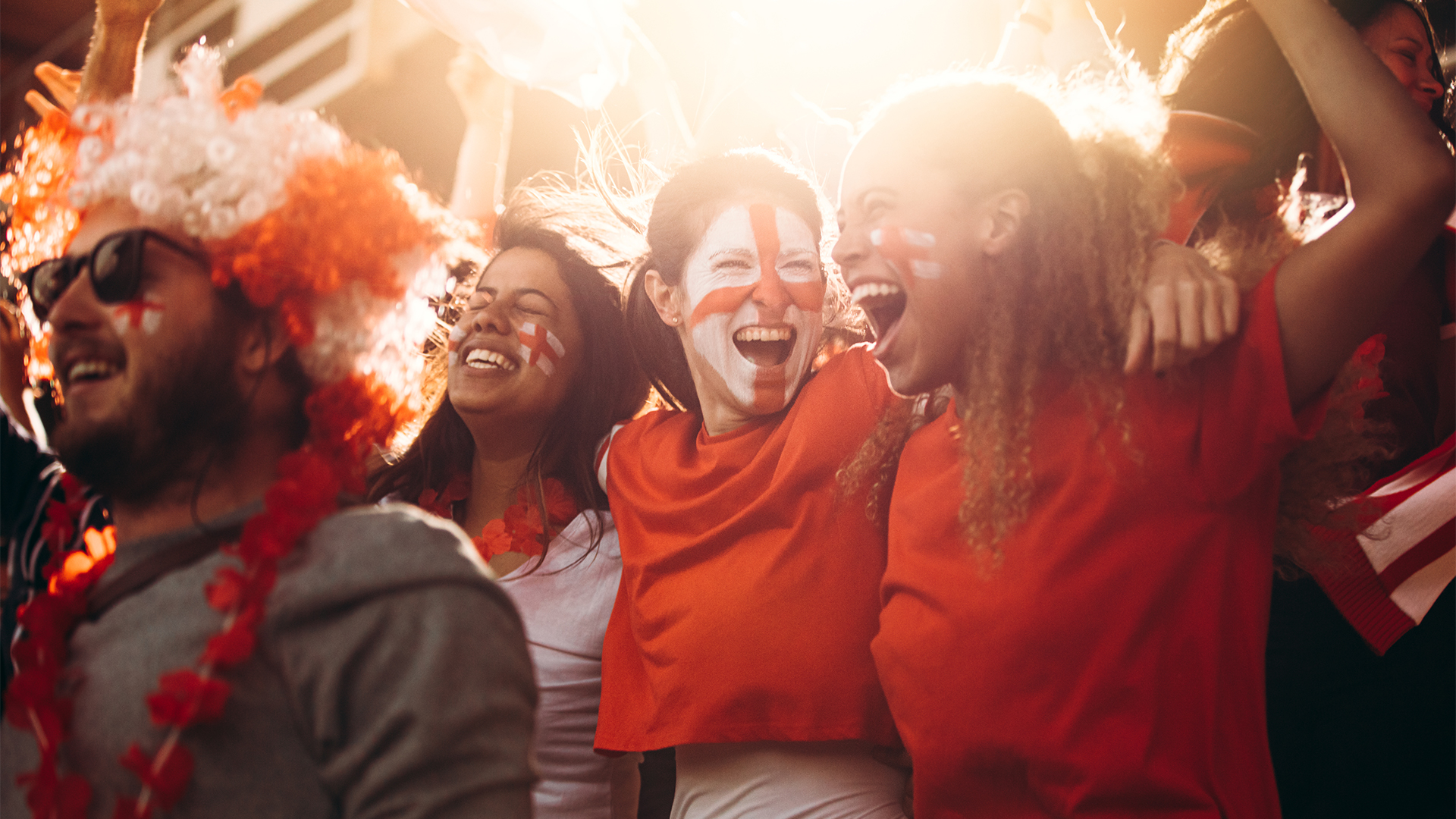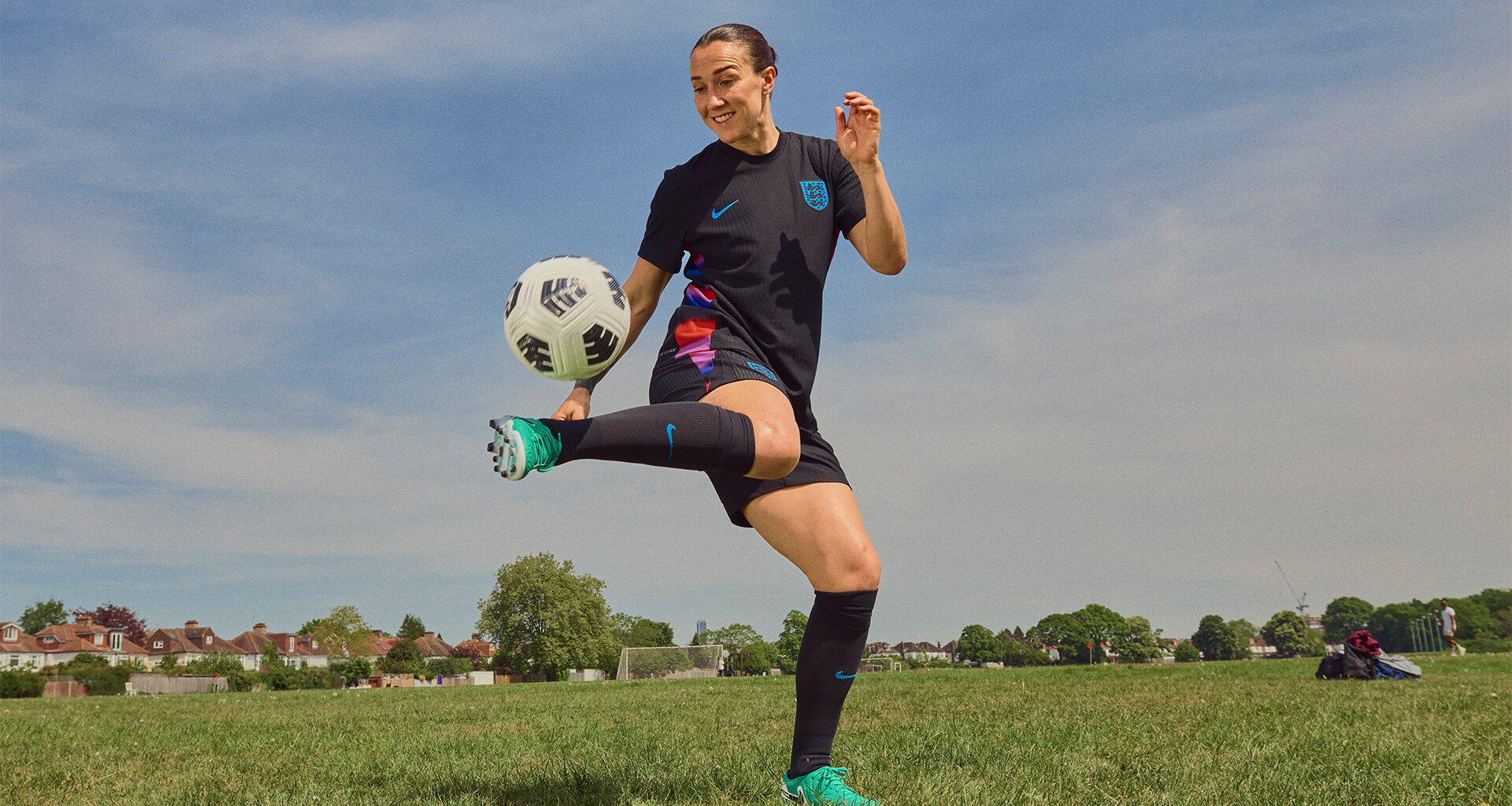Women’s football is no longer just a sport. It has become a powerful catalyst for retail growth and brand innovation, redefining how the fashion and retail industries engage with consumers – especially young women and girls. As the Lionesses continue to capture national attention, brands and retailers are increasingly aligning themselves with the sport, creating a new commercial playbook rooted in culture and community.
How football fever is fueling sales

The numbers speak for themselves. New research from Visualsoft reveals that the 2025 UEFA Women’s Euro tournament outperformed the men’s Euros from the previous year in key retail sectors. In the fortnight leading up to the women’s final, children’s apparel revenue jumped 54%, fashion and footwear sales increased 26%, and sports and outdoors gear saw a 14% uplift.
These figures prove football fever is translating into real retail impact. Fans are not only investing in team jerseys and matchday gear but are also embracing broader lifestyle purchases, from trainers to athleisure and casual wear inspired by the sport.
Jen Pollard, Visualsoft’s data analyst, notes: “The women’s Euros had an even bigger impact on online sales than the men’s tournament, especially in categories like children’s wear, where enthusiasm is clearly spreading across families.”
High street retailers score

Retailers are responding swiftly and strategically to women’s football’s increasing popularity. Back in 2024, Marks & Spencer was ahead of the game. The retailer appointed former England and Arsenal footballer Alex Scott as its first activewear ambassador, marking a significant move to capitalise on the sportswear boom. Scott’s role ties directly into M&S’s growing sportswear strategy, which includes collaborations with Puma and Reebok, aiming to attract a wider female consumer base.
Sports Direct’s summer 2025 campaign, ‘Legacy Starts Here’, also harnesses women’s football momentum, featuring Lionesses such as Lucy Bronze, Grace Clinton and Sandy Baltimore. The campaign focuses on everyday, grassroots football environments, aiming to inspire the next generation while spotlighting performance products like Nike’s latest football boots and retro football jerseys.
David Clark, Chief Customer Officer at Frasers Group (Sports Direct’s owner), highlights the campaign’s timing and ambition: “Legacy Starts Here captures the energy, ambition, and unstoppable drive of women competing in football today. It fuels momentum while empowering female athletes and inspiring young girls.”
Brands are harnessing football’s rich history to build deeper emotional connections. Take White Stuff’s recent campaign, for example. The campaign, which features the 1972 England women’s football team, celebrates these trailblazing women who challenged the status quo. By dressing the pioneers in White Stuff’s summer collection and sharing their stories, the brand linked its values with the women’s football narrative.
Fashion meets football in partnerships

The cross-pollination of sport and style has never felt more authentic. Brands are moving beyond traditional sponsorships to create meaningful, consumer-facing moments. Case in point: Marks & Spencer’s longstanding partnership with the FA.
Following England’s triumphant Euro 2025 win, the squad touched down on home soil dressed in M&S x England tailoring. In its final year, the three-year collaboration spans men’s and womenswear, bringing sport into everyday retail.
ALIGNE hopped aboard the ambassador train last summer by unveiling Lucy Bronze as its first-ever brand ambassador and face of the spring/summer 2024 campaign.
Lucy Bronze, one of the most celebrated footballers globally, embodies the British womenswear brand’s commitment to confident, inclusive fashion. Bronze herself acknowledged the changing landscape: “The fashion industry and the sports world are merging more now than ever before. Inclusion helps inspire people who don’t always see themselves represented.”
Sports bra company MAAREE also named England and Chelsea captain Millie Bright as its ambassador, championing the brand’s Overband Technology, which helped ease her shoulder pain caused by ill-fitting bras.
A similar push for purpose-led branding can be seen in West Ham United Women’s on-pitch kit, which featured Modibodi – the first period-proof underwear brand to appear in the Barclays Women’s Super League. The partnership tackled a previously taboo topic while opening up a new category for sports retail. Social impact can also be a smart commercial strategy.
The next half: what women’s football means for future fashion

Women’s football has firmly established itself as a retail influencer. The sport is driving new retail calendars, from product launches timed around key matches to campaigns that combine culture, purpose and performance. Retailers and brands that understand and authentically engage with the women’s football audience are seeing increased loyalty and stronger sales.
While men’s footballers have long been fashion’s go-to icons, fronting luxury campaigns for Dior, Prada, Burberry and Loewe, the rise of women’s footballers is driving a more inclusive, high-street focused fashion evolution that reflects accessible retail trends.
With the 2026 Women’s World Cup on the horizon and a growing global fanbase, there is plenty of opportunity for growth. Women’s football isn’t just changing sport – it’s changing fashion and retail, one goal at a time.
So, the question lies, will high ponytails and football boots be the next trend hitting high streets?

